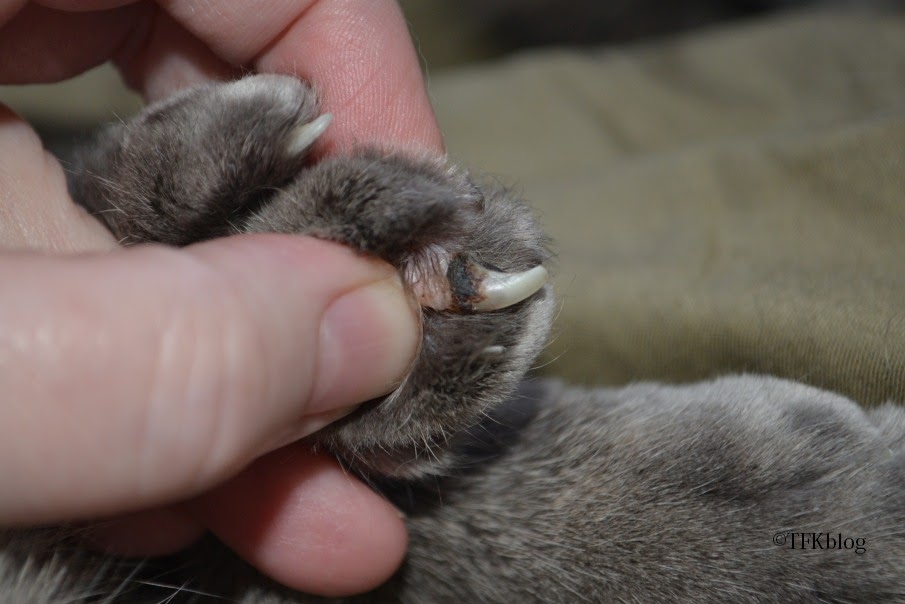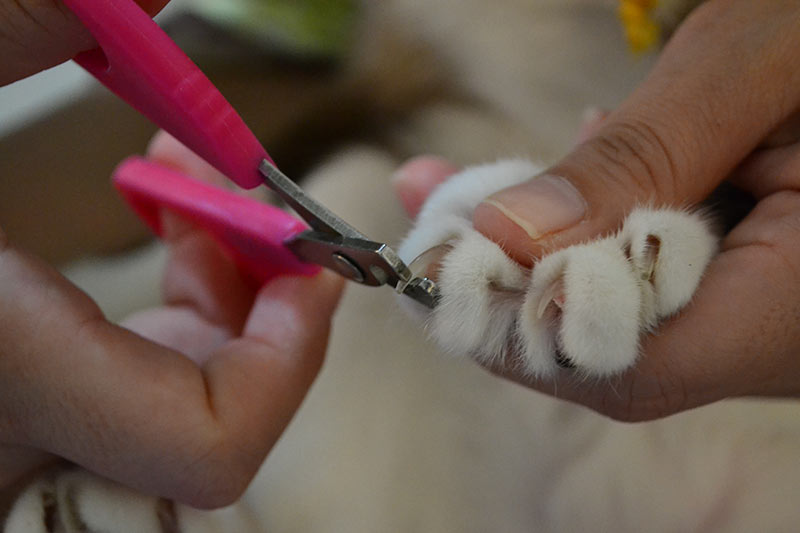Introduction:
Cat nail infection can be a source of discomfort for our feline companions. In this comprehensive article, we will explore the causes, symptoms, and treatment options for cat nail infections. Understanding this condition is crucial for veterinarians and cat owners to provide appropriate care and maintain the overall health and well-being of their beloved cats.
Cat Nail Infection: Understanding the Condition:
Cat nail infections, also known as onychomycosis, are fungal or bacterial infections that affect the claws of cats. These infections can occur when the natural defense mechanisms of the cat’s claws are compromised, leading to the invasion of pathogens. Prompt diagnosis and treatment are essential to prevent the infection from spreading and causing further complications.
Causes of Cat Nail Infections:
Cat nail infection can have various causes, including fungal organisms such as dermatophytes or yeast, as well as bacterial pathogens. The most common fungal infection in cats is caused by Microsporum canis, a dermatophyte fungus. Bacterial infections can occur due to breaks or injuries to the nail, allowing bacteria to enter and cause an infection.
Recognizing the Symptoms:
Symptoms of cat nail infections can vary depending on the type and severity of the infection. Common signs include swelling, redness, pain, discharge, and changes in nail appearance. Cats may also exhibit lameness or reluctance to use the affected paw. It is important to observe any changes in your cat’s behavior and seek veterinary attention if nail infection is suspected.
Diagnosing Cat Nail Infection:
Diagnosing cat nail infections requires a thorough veterinary examination and diagnostic tests. The veterinarian may perform a physical examination of the affected nail, looking for signs of inflammation, discharge, or abnormal nail growth. Samples may be collected for microscopic examination, culture, or other laboratory tests to identify the specific pathogen causing the infection.
Treatment Options for Cat Nail Infection:
The treatment approach for cat nail infections depends on the underlying cause and severity of the infection. Here are some common treatment options:
- Antifungal or Antibacterial Medications:
Depending on the type of infection, antifungal or antibacterial medications may be prescribed to eliminate the pathogen. These medications can be administered orally, topically, or a combination of both. It is important to follow the veterinarian’s instructions regarding dosage and duration of treatment.
- Nail Trimming and Cleaning:
In some cases, the infected nail may need to be trimmed and cleaned to remove the infected portion and promote healing. This procedure should be performed by a veterinarian or a trained professional to avoid causing further damage or discomfort to the cat.
- Environmental Management:
Maintaining a clean and hygienic environment for your cat can help prevent the recurrence of nail infections. Regularly cleaning litter boxes, providing appropriate scratching surfaces, and keeping nails trimmed can reduce the risk of infection.
Recommended:
- Petco Review: The Power of Together
- PetSmart Review: Where Pets Inspire Us
- Hill’s Pet Nutrition Review: Pioneering Pet Health and Nutrition
- Royal Canine Review: Tailored Nutrition for Every Pet
- Chewy Review: Pet Care at Your Doorstep
Preventing Cat Nail Infections:
Prevention plays a crucial role in maintaining the overall nail health of cats. Here are some preventive measures to consider:
- Regular Nail Care:
Trimming your cat’s nails regularly can help prevent overgrowth and reduce the risk of nail injuries that can lead to infections. If you are unsure about how to trim your cat’s nails, consult with a veterinarian or a professional groomer.
- Environmental Enrichment:
Providing appropriate scratching surfaces, such as scratching posts, can help cats maintain healthy nails and avoid the need for excessive scratching that can lead to injuries.
- Hygiene and Cleanliness:
Maintaining a clean environment and practicing good hygiene can minimize the risk of nail infections. Regularly cleaning litter boxes and keeping living areas free from excessive moisture can help prevent the growth of fungal or bacterial pathogens.
Conclusion:
Cat nail infections can be uncomfortable and potentially harmful to our feline companions. By understanding the causes, recognizing the symptoms, and implementing appropriate treatment and preventive measures, veterinarians and cat owners can ensure the well-being and claw health of their cats. Regular veterinary check-ups, prompt treatment of infections, and proper nail care are essential in maintaining optimal nail health in cats.
References:
- Bond, R., & Lloyd, D. H. (2012). Feline onychomycosis: a review. Journal of Feline Medicine and Surgery, 14(3), 181-191.
- Malik, R., & Wigney, D. I. (2014). Feline dermatophytosis caused by Microsporum canis: diagnostic and therapeutic update. Veterinary Dermatology, 25(2), 114–e32.
- Moriello, K. A. (2018). Bacterial and fungal infections of the claws. Veterinary Clinics: Small Animal Practice, 48(3), 449-466.
- Scott, D. W., Miller, W. H., Griffin, C. E., & Rosenkrantz, W. S. (Eds.). (2013). Muller & Kirk’s Small Animal Dermatology (7th ed.). Elsevier.


